Spray Foam Insulation For Roof Rafters
Spray foam insulation for roof rafters. Spraying closed cell foam R value 65inch directly between the rafters without using foam board is fairly common these days when you want to keep the attic within conditioned space not a vented attic. This type of insulation is a liquid foam that is sprayed onto the underside of the roof pitches to provide an extra layer of insulation to the property. Five inches of spray foam isnt enough to meet minimum code requirements.
There are minimum foam R-values if you use spray or rigid foam in combination with traditional air-permeable insulation like fiberglass or cellulose but they dont apply in your case. If you have an HVAC unit or ductwork in the attic then those are exposed to both temperature extremes. As a result in IECC climate zones5 and higher building codes require the use of a vapor retarder if you install open-cell spray foam.
Low-Density Spray Foam. Closed-cell SPF is listed as a Class 5 Flood Damage-Resistant Material per FEMA. Spray Foam Insulation We recently undertook a survey on a property that has spray foam insulation to the rafters within the loft space.
Is it better to put spray foam insulation in your attic rafters or floor. Learn how the need for roof vents are determined. Spray foam insulation is a spray-applied material that can be used on the underside of roof decks as building insulation.
Since this is an unvented approach it works well for roofs that are too convoluted for vent channels. The rafters were not covered. Youre looking to insulate your attic and are wondering if you need roof vents with spray foam insulation.
Learn more about this topic on this episode of Foam University. Basically code prohibits venting when you spray foam on the underside of the roof. Recently we sprayed the underside of a roof deck with closed cell spray foam.
The customer now has some heat loss through the actual rafters. Beginning with the 2006 version of the International Residential Code IRC and continuing with later versions use of spray foam insulation has been recognized as a method of insulating a.
According to the US Environmental Protection Agency EPA spray foam is recognized as a premier alternative to the batt insulation of years past.
The rafters were not covered. Spray Foam Attic Rafters So lets move over and lets talk about insulating the attic rafters real quick also referred to as the attic ceiling roof deck or a hot roof system. Five inches of spray foam isnt enough to meet minimum code requirements. The rafters were not covered. Since this is an unvented approach it works well for roofs that are too convoluted for vent channels. According to the US Environmental Protection Agency EPA spray foam is recognized as a premier alternative to the batt insulation of years past. This type of insulation is a liquid foam that is sprayed onto the underside of the roof pitches to provide an extra layer of insulation to the property. The customer now has some heat loss through the actual rafters. Learn more about this topic on this episode of Foam University.
This means it is Highly resistant to floodwater damage including damage caused by moving water. This type of insulation is a liquid foam that is sprayed onto the underside of the roof pitches to provide an extra layer of insulation to the property. Since this is an unvented approach it works well for roofs that are too convoluted for vent channels. Is it better to put spray foam insulation in your attic rafters or floor. Recently we sprayed the underside of a roof deck with closed cell spray foam. Basically code prohibits venting when you spray foam on the underside of the roof. Insulating Unvented Attics With Spray Foam Figure 1Spray foam is a good choice for roofs that are difficult to vent like a turret with converging rafters left or a flat roof with its rafters.
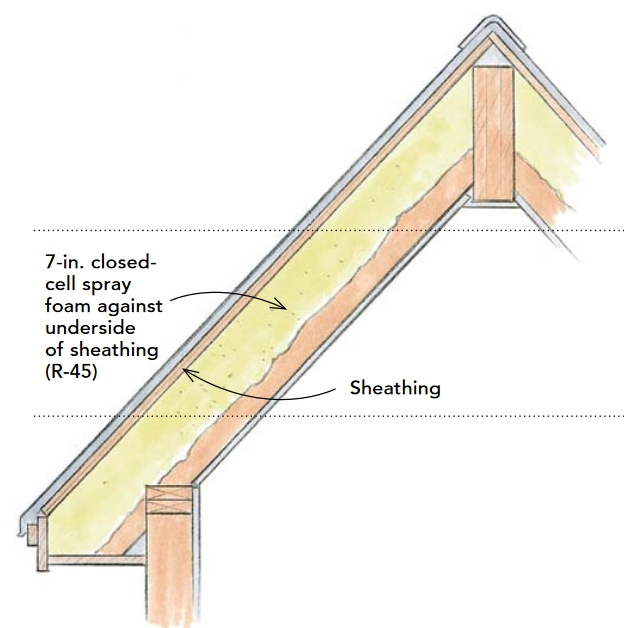





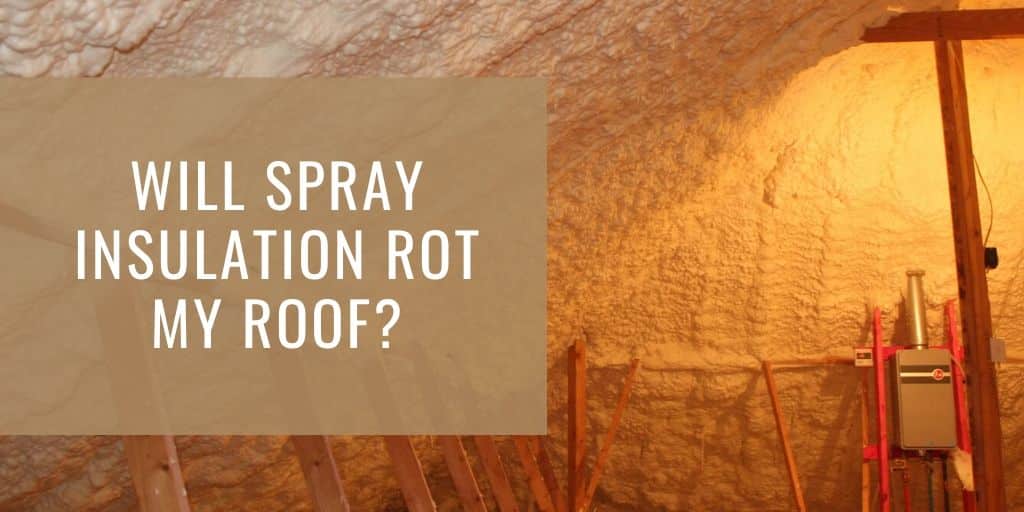
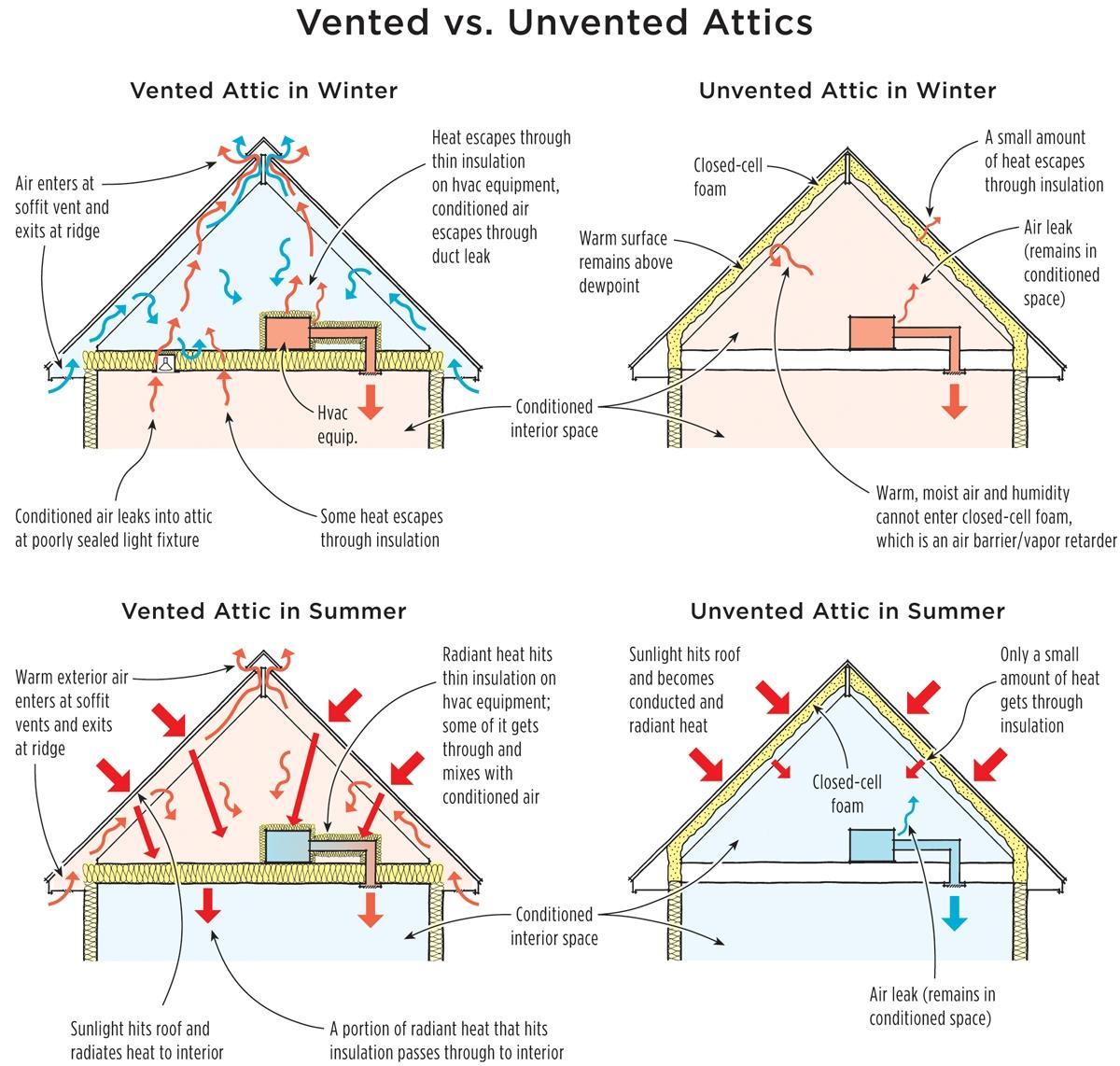



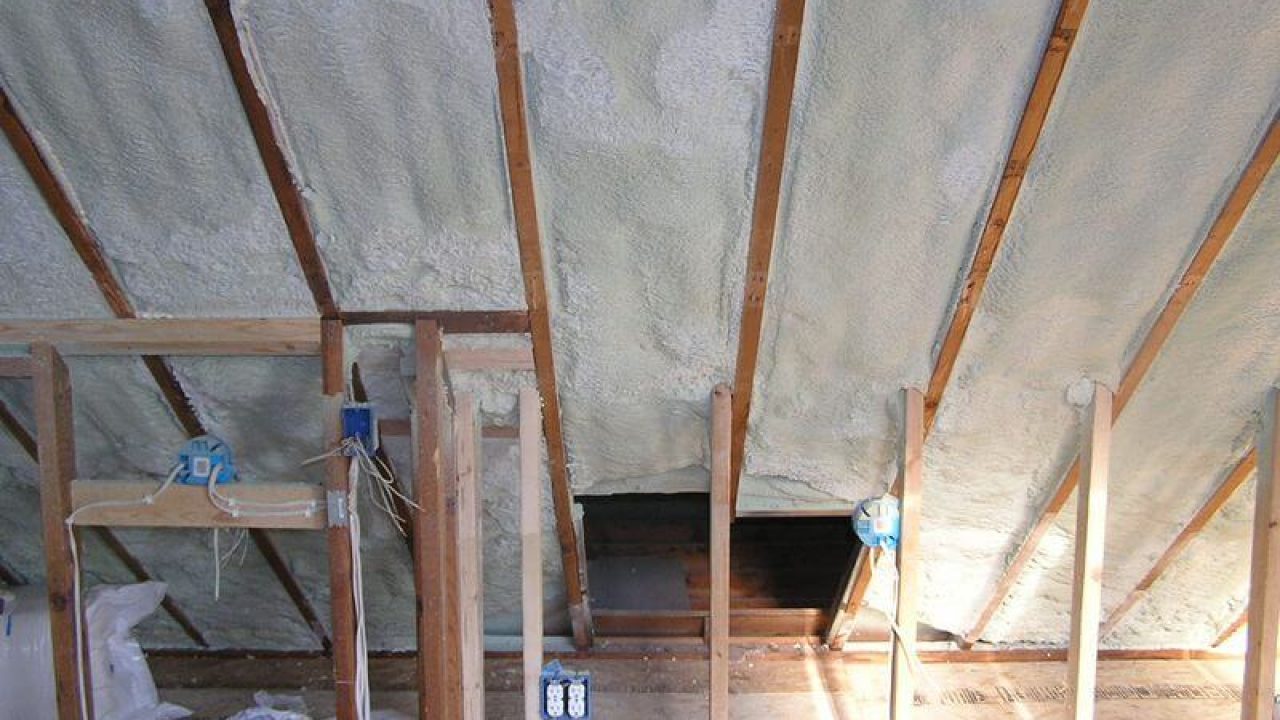
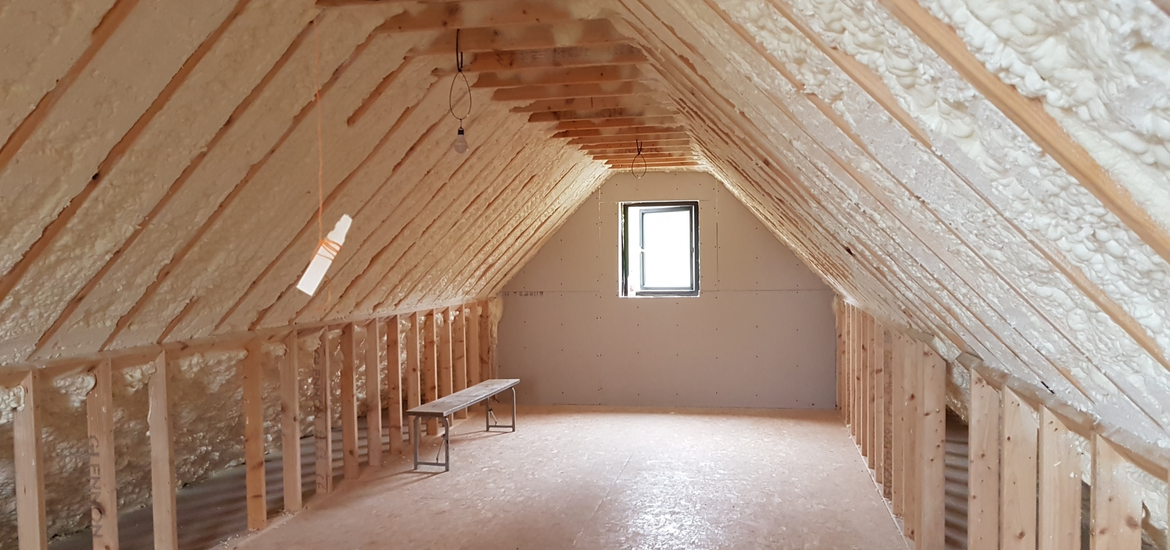







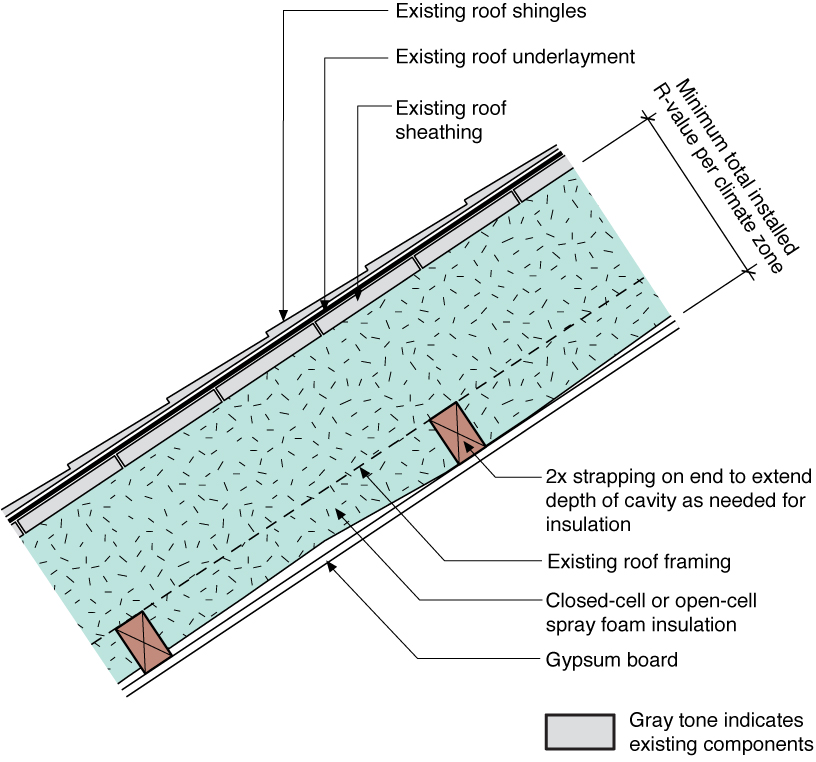


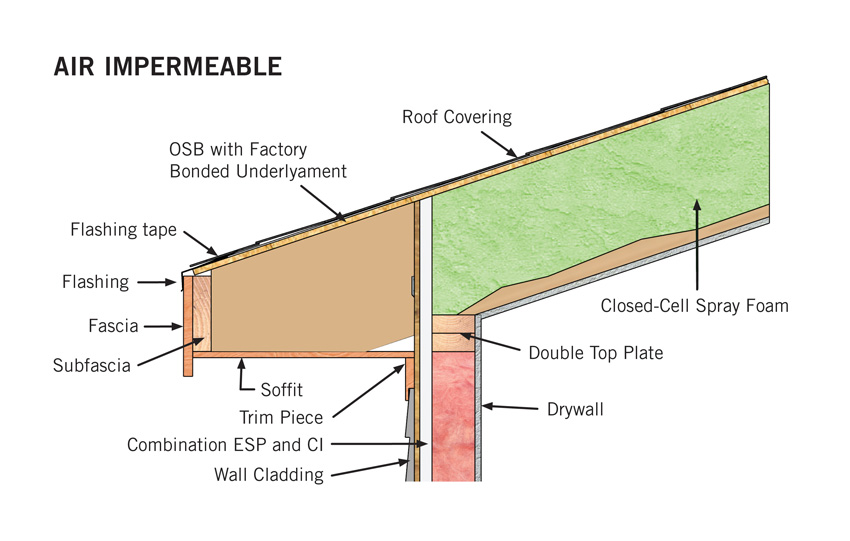


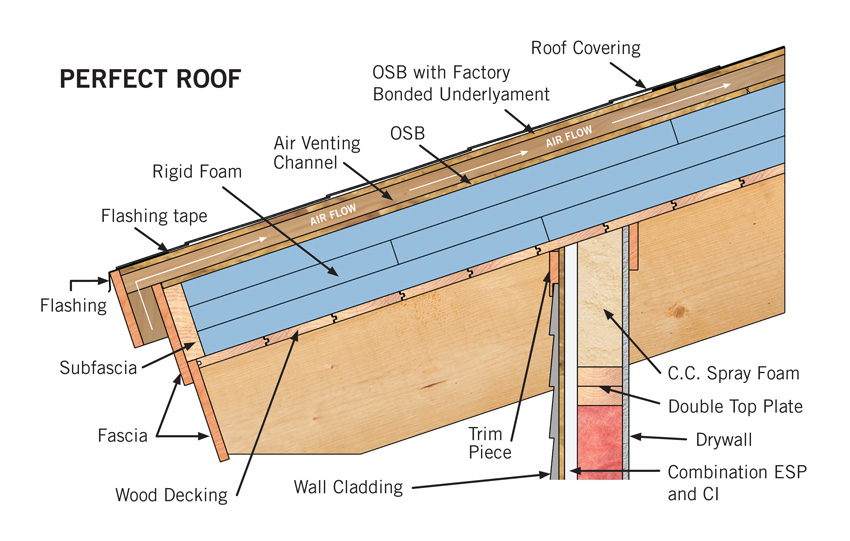


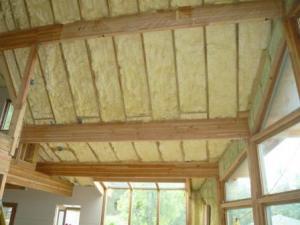
/cdn.vox-cdn.com/uploads/chorus_asset/file/19490839/ground_up_insulation_02.jpg)
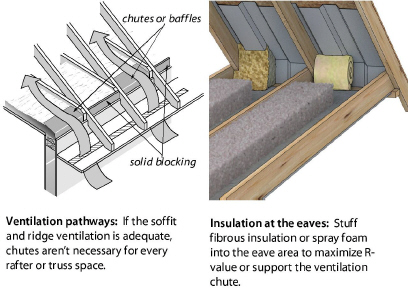


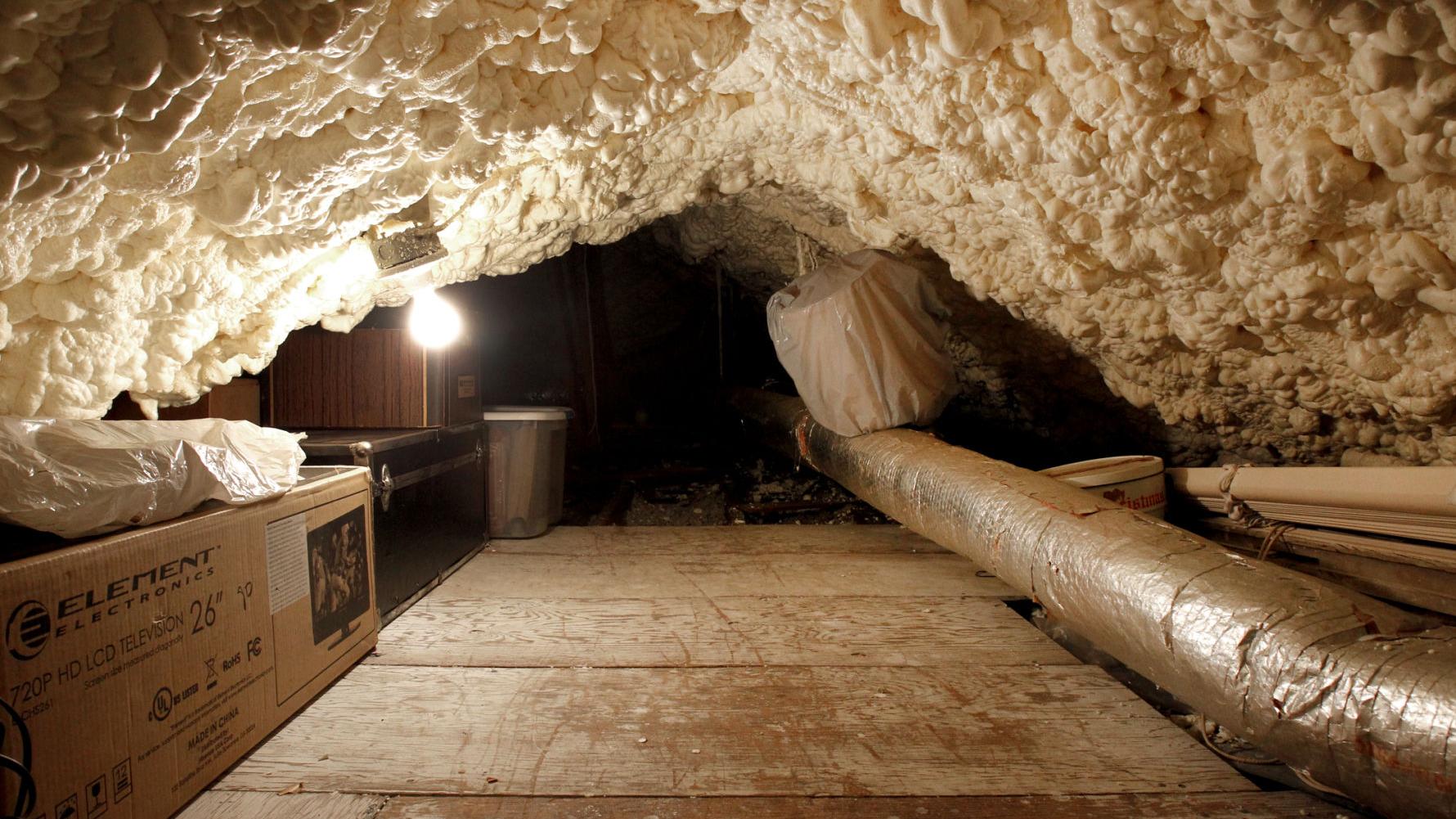
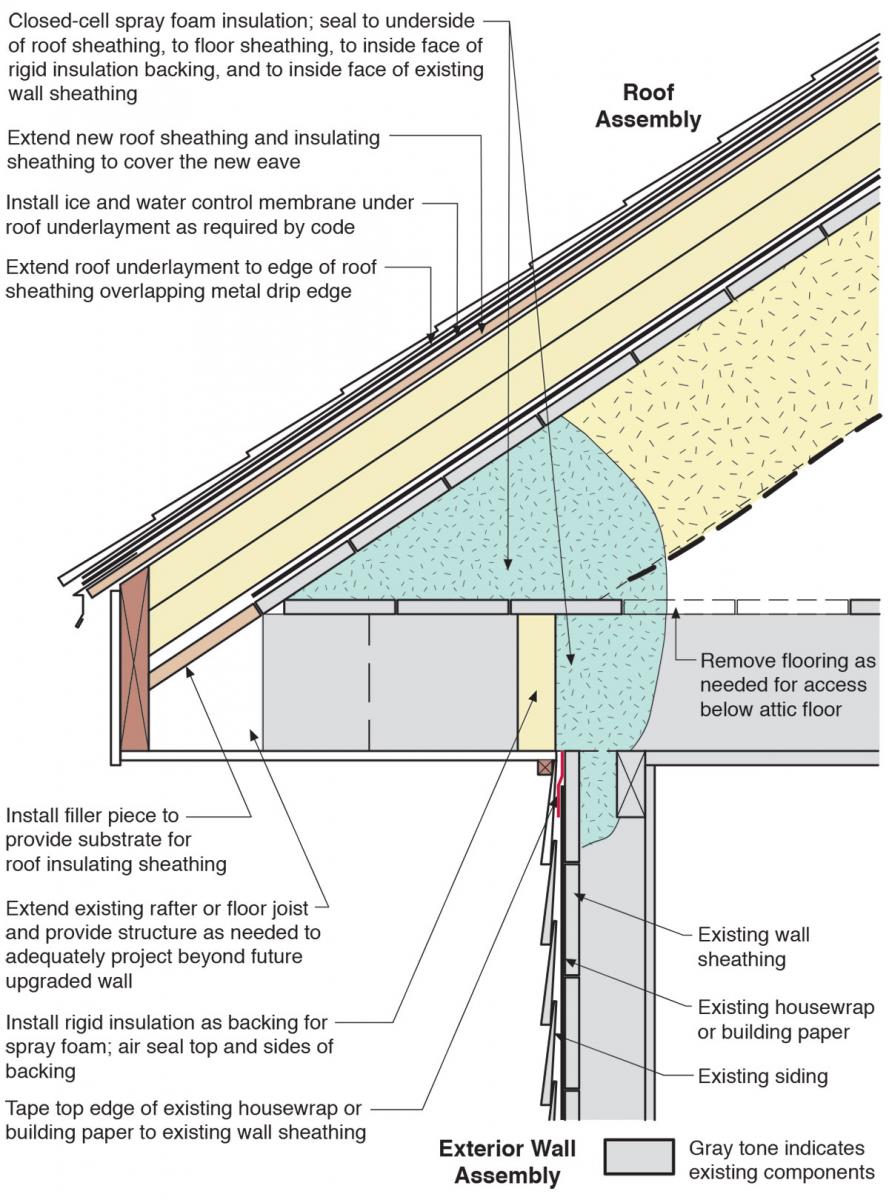

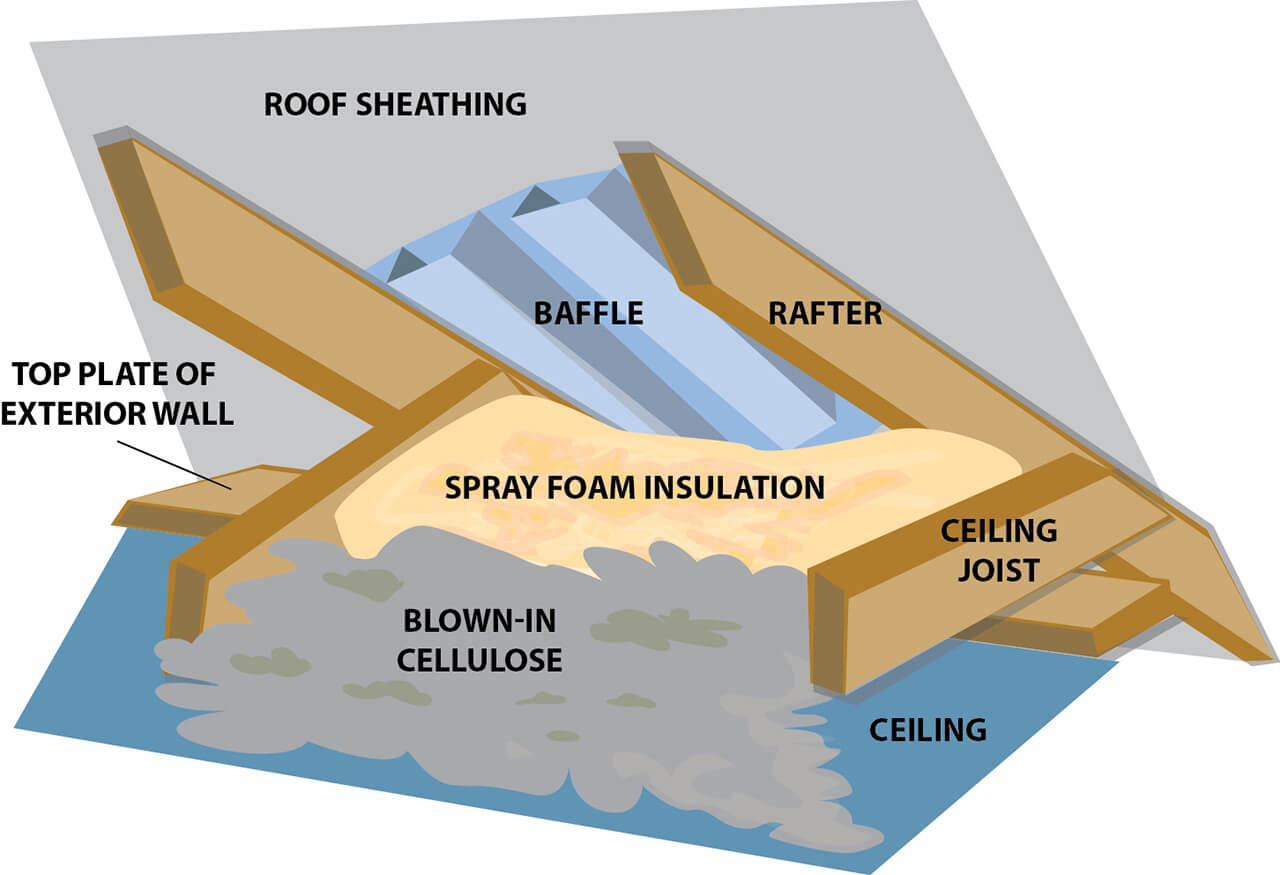
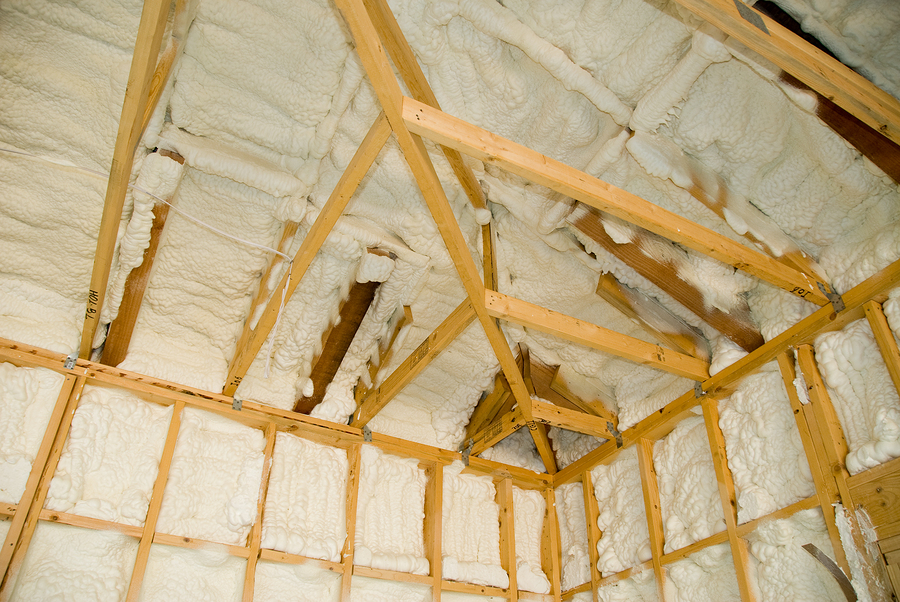
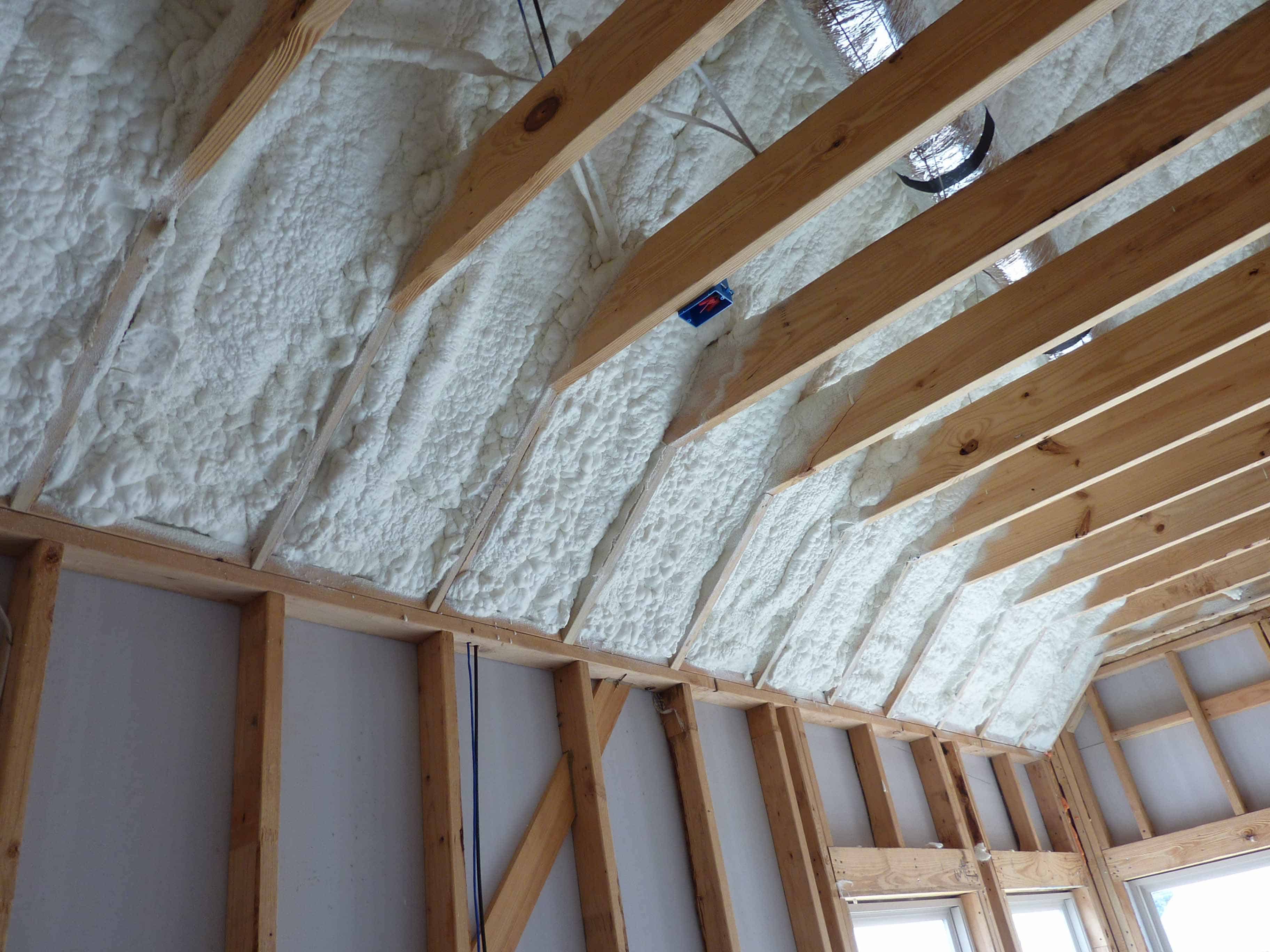
/cdn.vox-cdn.com/uploads/chorus_image/image/66352119/Attic_iStock_174634023.7.jpg)
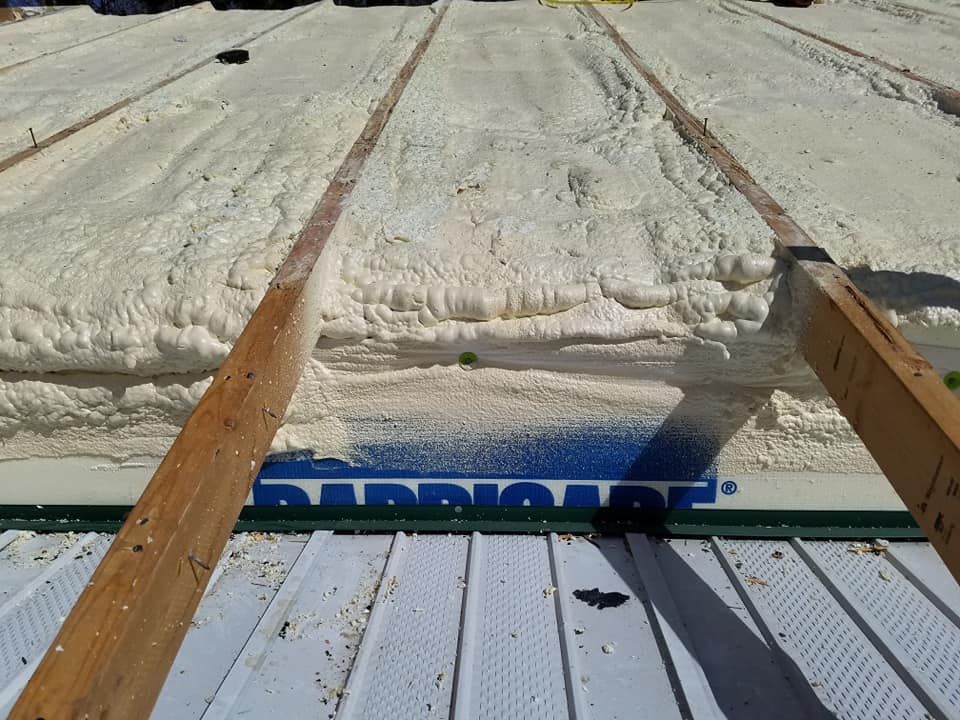
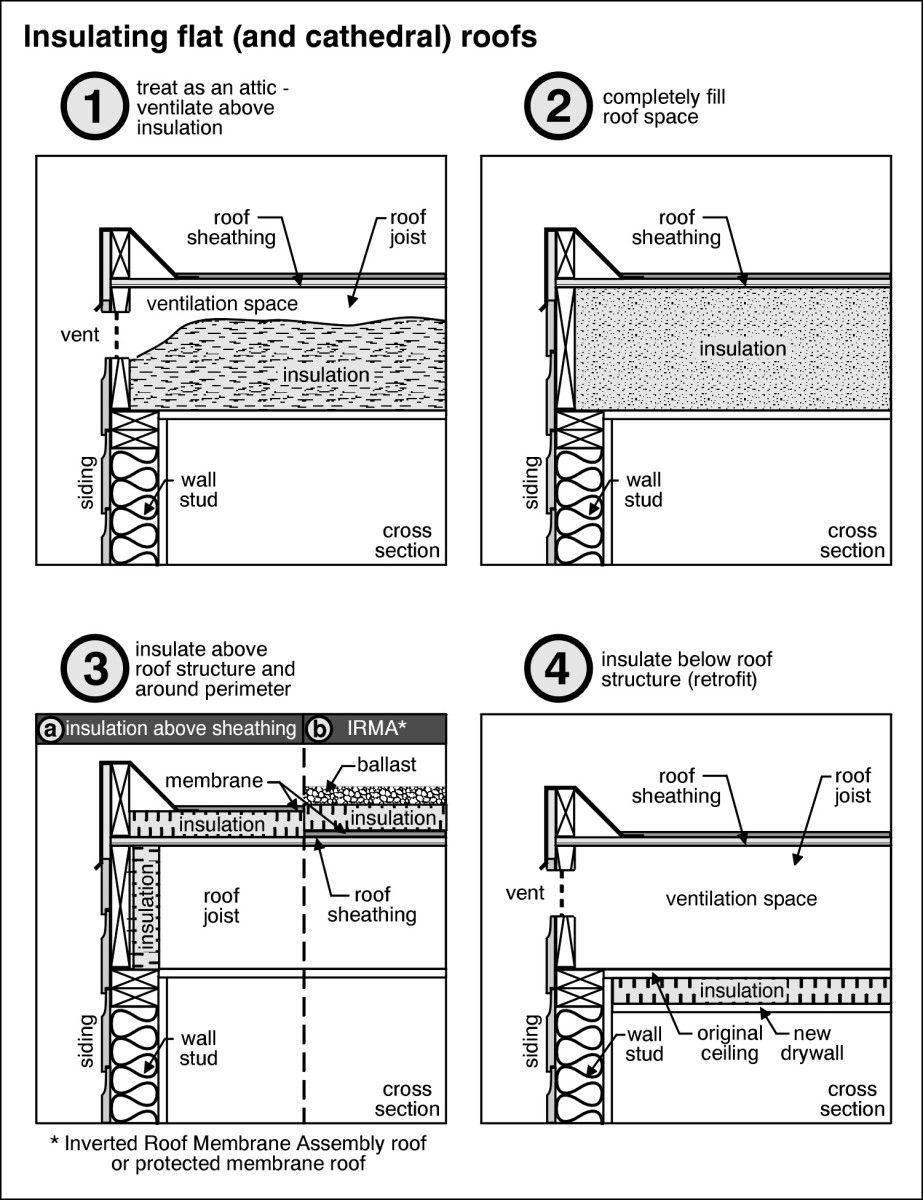


Post a Comment for "Spray Foam Insulation For Roof Rafters"